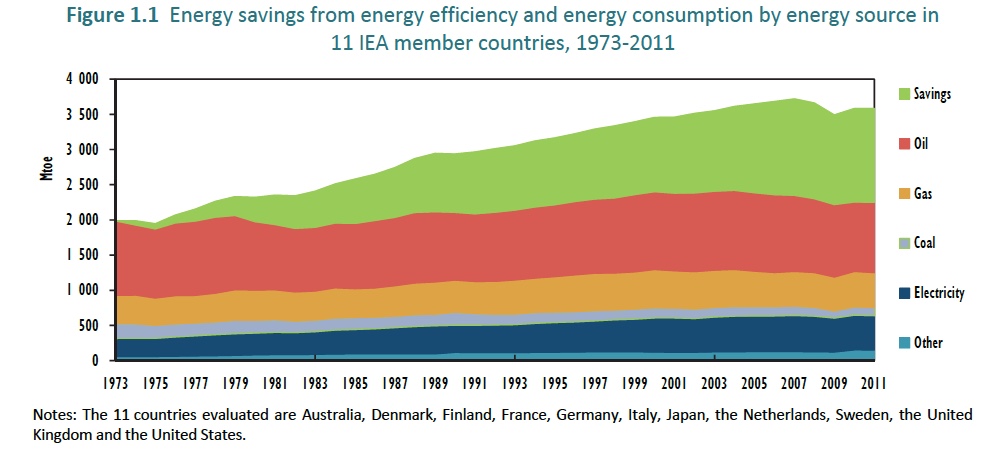At the second State of the Energy Union conference, European Commission Vice President Maroš Šefčovič noted the central role of local authorities and the business community in driving energy efficiency in Europe and underlined the Commission’s determination to harness the European Fund for Strategic Investments to build on progress.
The Energy Union encompasses five “pillars” that all need to work together to drive the transition to a reliable, affordable, and clean energy sector in Europe. Energy efficiency is not only a pillar in its own right, it’s indispensable to achieving the other four. So now is an ideal opportunity to examine how Europe is doing on this front and to look, specifically, at the broader role of buildings as a strategic energy investment.
Buildings account for about 40 percent of energy consumption and 36 percent of carbon emissions in the EU. They are the most extensive—and visible—part of Europe’s energy infrastructure. Yet when we consider ways to improve energy security, we often think of pipelines, cables, and power plants. This is a mistake.
In December’s Clean Energy for All Europeans package, the Commission emphasized the role of “efficiency first” in achieving the goals of the Energy Union. Furthermore, the evidence is now overwhelming that energy efficiency has been a strong investment proposition for years. The International Energy Agency has declared energy efficiency to be the “first fuel” worldwide. Since the 1970s, the avoided energy attributable to energy efficiency in 11 IEA countries has grown to be larger than the supply of any other fuel: oil, electricity, or natural gas. Energy efficiency, in other words, is a huge resource in its own right.

The cost of a kWh saved is consistently lower than the cost of a kWh of energy generated
Evidence from efficiency programmes in Europe demonstrates that the upfront investment is, on average, more than offset by avoided energy costs. So energy efficiency pays for itself. The data are consistent and compelling. An assessment of more than 5,000 building projects in Europe, conducted by the De-Risking Energy Efficiency Platform, places the median cost of a huge number of existing energy efficiency projects at 2.5 euro cents saved per kWh. This matches research on energy efficiency obligations that my colleagues and I produced last year.
Energy efficiency is also—and increasingly—essential to energy security. The European Commission has estimated that every 1 percent increase in energy savings decreases gas import dependence by 2.6 percent. A recent study of the role of efficiency in securing energy security in Southeast Europe conducted by the Buildings Performance Institute Europe (BPIE), meanwhile, finds that a dedicated renovation program could reduce the building stock’s gas needs by a massive 70 percent from current levels within 20 years. This would be very welcome news for Southeast Europe, which remains highly dependent on gas imports and has higher than average rates of low-income households.
Supply-side investments are higher-risk than energy efficiency projects
Energy efficiency is also a good deal for investors, with the De-Risking Energy Efficiency Platform placing the payback for efficiency investment in buildings at a median of five years, based on the most comprehensive and up-to-date set of figures available. The payback for industrial efficiency is even shorter.
And when viewed as a strategic security and infrastructure resource, energy efficiency is a lower risk-proposition than supply-side investment: meaning there is a lower risk of creating stranded assets, dealing with supply interruptions, and paying for price hikes than with fossil fuel power plants or pipelines. Perhaps this is a large part of the reason that investment in energy efficiency was still increasing by around 6 percent between 2014 and 2015 (the latest figures available) at the same time as upstream oil and gas investment fell by 25 percent, according to the IEA.
This is not surprising. Investment in energy efficiency has been on the rise for years. The State of the Energy Union presents an opportunity to recognize the progress made in advancing the “first fuel” through policies, financing measures, and the thousands of projects undertaken to improve the efficiency of Europe’s building stock. Looking ahead, it is also a critical opportunity to advance all five pillars of the Energy Union by expanding the role of energy efficiency as the cheapest, cleanest, and most reliable energy resource available across every European community.
